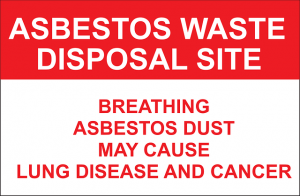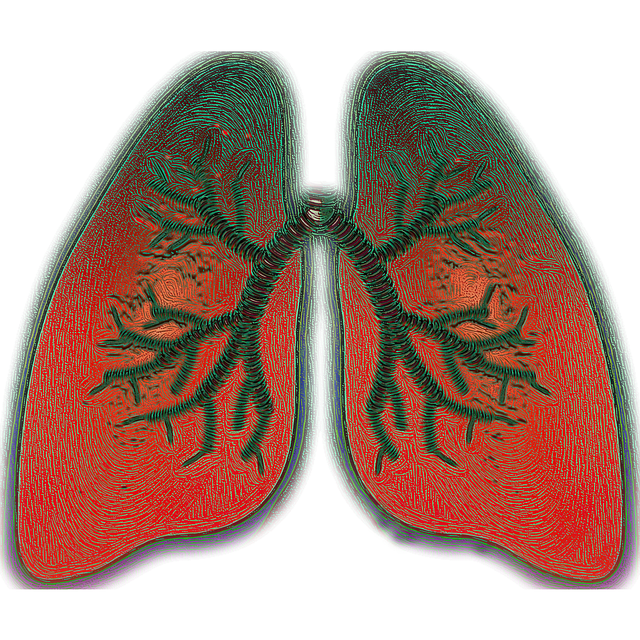It’s a type of cancer that begins in the lungs. Lung cancer claims more lives each year than do colon, prostate, ovarian and breast cancers combined. People who smoke have greater risk of lung cancer, though it can also occur in people who have never smoked.
Pipe and cigar smoking can also cause lung cancer, although the risk is not as high as with cigarettes.
Types of Lung Cancer
- Small cell lung cancer- Small cell occurs almost exclusively in heavy smokers and is less common than non-small cell lung cancer.
- Non-small cell lung cancer- It’s another term for several types of lung cancers that behave in a similar way. Non-small cell include squamous cell carcinoma, adenocarcinoma and large cell carcinoma.
Causes of Lung Cancer 
Smoking– About 90 percent of lung cancer cases are the result of smoking but anyone can get cancer. As you inhale smoke into your lungs, it starts damaging your lung tissue. The lungs can repair the damage, but continued exposure to smoke makes it increasingly difficult for the lungs to keep up the repair.
Air pollution- vehicles, industry and power plants, can raise the likelihood of developing lung cancer in exposed individuals. Breathing polluted air and prolonged exposure to high exposed air increases the risks.
Hazardous Substances– Breathing in other hazardous substances, especially over a long period of time. Substances like arsenic, cadmium, chromium, nickel, some petroleum products and uranium.
Asbestos– It is a widely used in as both thermal and acoustic insulation material. Asbestos fibers can persist for a lifetime in lung tissue following exposure to asbestos. Exposure to asbestos causes a type of cancer called mesothelioma.
Genetic Disorders– Inherited genetic may be more likely to develop lung cancer. Especially if you smoke or exposed to other carcinogens.
Passive smoking– Smoke from other smokers sharing living or working quarters is an established risk factor for its development. Non-smokers who reside with a smoker have a 24% increase in risk for developing, when compared with other non-smokers.
Diagnosing Lung Cancer
A physical examination and some test many be required. Such as
Imaging tests- X-ray, MRI, CT, and PET scans. These scans produce more detail and find smaller lesions. MRI, CT, and PET scan are also used for staging.
Sputum cytology- If you produce phlegm when you cough, microscopic examination can determine if cancer cells are present.
Bronchoscopy- An lighted tube is passed into your lungs for closer examination.
Needle biopsy – A needle is inserted into the chest wall. Needle will be used to test lymph nodes.
Treatment
Seek a second opinion before beginning treatment is a good option. If diagnosed with lung cancer.
- Surgeon who specializes in the chest and lungs (thoracic surgeon)
- Lung specialist (pulmonologist)
- Medical oncologist
- Radiation oncologist
Much depends on specific details of your health.
- Surgery to remove a portion of the lung may be all you need.
- Chemotherapy maybe a chosen
- Combination of chemotherapy, surgery and radiation treatment.
- Options include surgery, radiation, chemotherapy, targeted therapy and immunotherapy.
Once cancer enters the lymph nodes and bloodstream, it can spread anywhere in the body. Overall health and how well you respond to treatment.



















